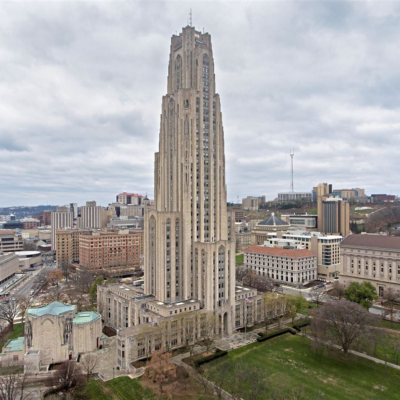A Historic Drought Grips California
California is facing one of the most severe droughts in its history, with water levels reaching critically low levels. As a result, state officials have implemented strict water restrictions to combat the crisis and conserve essential resources. Experts warn that if immediate actions are not taken, the situation could worsen, leading to devastating consequences for residents, farmers, and the environment.

What is Causing This Drought?
Several key factors have contributed to California’s ongoing water crisis:
- Lack of Rainfall – The state has received below-average rainfall for consecutive years, depleting reservoirs and groundwater supplies.
- Climate Change Impact – Rising global temperatures have increased evaporation rates, reducing available water.
- Reduced Snowpack in the Sierra Nevada – Snowpack acts as a natural water storage system, and its decline has significantly cut down water supply.
- Overuse of Water Resources – Population growth, agriculture, and urban development have placed excessive demand on limited water sources.
- Increasing Frequency of Drought Cycles – Scientists suggest that extreme weather patterns are making droughts more frequent and severe, leaving little recovery time between them.

Severe Water Restrictions in Place
To combat the crisis, the government has introduced stringent water conservation measures:
Residential Water Use Limits
- Households are required to cut down water usage by at least 20%.
- Outdoor watering is restricted to two days per week in many areas.
- Fines of up to $500 per violation for those who waste water.
- Encouragement of low-flow appliances and water-efficient landscaping.
- Some cities are offering rebates for water-saving measures, such as drought-tolerant landscaping and efficient irrigation systems.
Agricultural Sector Impact
Farmers, who use approximately 80% of the state’s water supply, are experiencing major cutbacks:
- Limited irrigation allocations, forcing farmers to reduce crop production.
- Higher water costs, leading to increased prices for fruits, vegetables, and nuts.
- Job losses in the farming industry, impacting thousands of workers.
- Some farmers have had to leave fields unplanted, which affects both local and national food supply chains.

Businesses and Industries Affected
- Golf courses, hotels, and manufacturing plants must adhere to strict conservation plans.
- Companies are encouraged to recycle water and implement drought-resistant measures.
- Construction and landscaping industries are shifting toward eco-friendly, low-water solutions.
Effects of the Drought on Daily Life
Rising Water Prices
- Water bills are skyrocketing as utilities struggle to meet demand.
- Some areas are introducing tiered pricing, charging more for excessive use.
- Communities dependent on wells and local water sources face higher risks of depletion, requiring emergency water deliveries.
Impact on Food Supply
- Less water for irrigation means lower crop yields, leading to food shortages and increased grocery prices.
- Dairy and meat industries are also affected due to higher feed costs.
- Farmers are shifting to drought-resistant crops, which may alter California’s traditional agricultural landscape.
Wildfire Risks on the Rise
- Dry conditions increase the likelihood of wildfires, threatening homes and businesses.
- Firefighters face challenges due to limited water availability for firefighting efforts.
- The increase in wildfires has led to worsening air quality, affecting public health.

Government Response and Future Solutions
State and Federal Interventions
- Governor’s Office has declared a state of emergency, unlocking funds for drought relief.
- The federal government is providing financial aid to struggling farmers and affected communities.
- Some cities have introduced mandatory water rationing to ensure fair distribution.
Long-Term Water Conservation Strategies
- Investment in desalination plants to convert seawater into drinking water.
- Expansion of water recycling programs to reuse wastewater efficiently.
- Upgrades to irrigation technology to maximize water efficiency in agriculture.
- Promoting stormwater capture systems to replenish groundwater supplies.
- Encouraging research and development of new water conservation technologies.
How Californians Can Help Conserve Water
Simple Steps for Households
- Take shorter showers and turn off taps when not in use.
- Fix leaky faucets and pipes to prevent water waste.
- Use drought-resistant plants in gardens.
- Only run dishwashers and washing machines with full loads.
- Install rainwater harvesting systems to use collected water for outdoor needs.
Community Efforts
- Participate in local conservation programs and water-saving initiatives.
- Spread awareness about the importance of sustainable water use.
- Support policies and leaders advocating for responsible water management.
Conclusion: A Call for Immediate Action
California’s historic drought demands urgent action from individuals, businesses, and the government. Without serious conservation efforts, the state risks facing even harsher consequences in the coming years. By working together and adopting water-saving measures, Californians can help combat this crisis and secure a more sustainable future for generations to come. With continued innovation and responsible resource management, California can build resilience against future droughts and ensure a stable water supply for all.
U.S. Power Grid Faces Record-Breaking Demand Amid Extreme Weather – Is It Ready?






